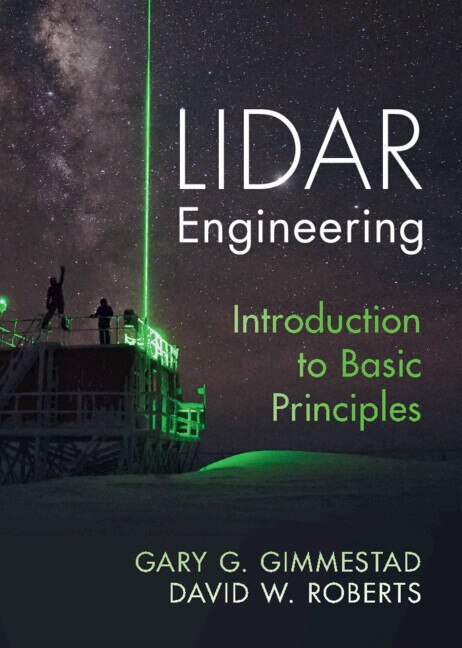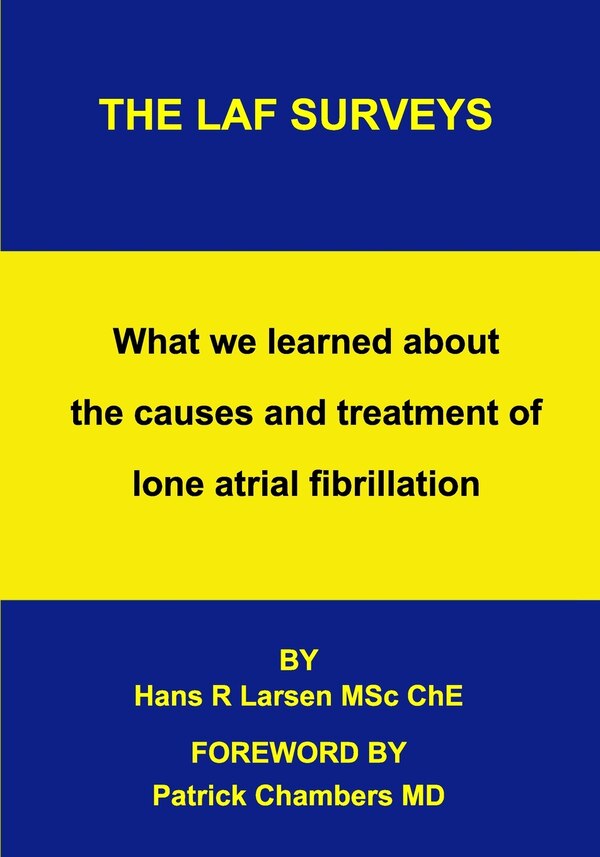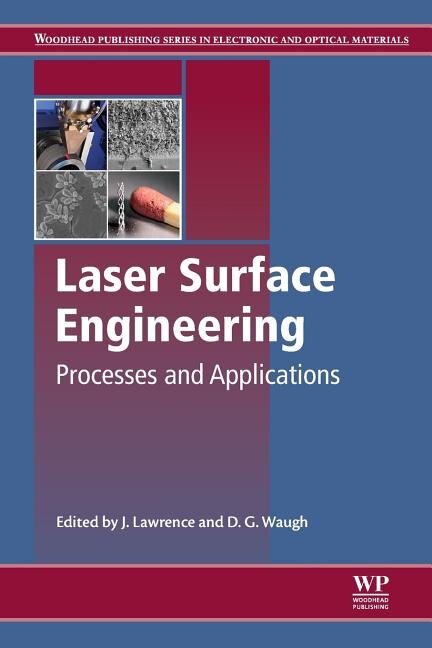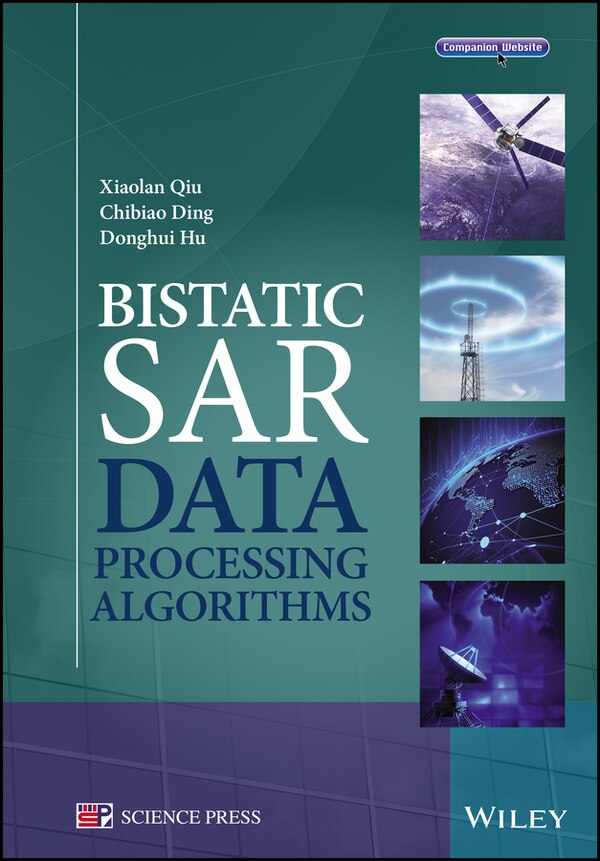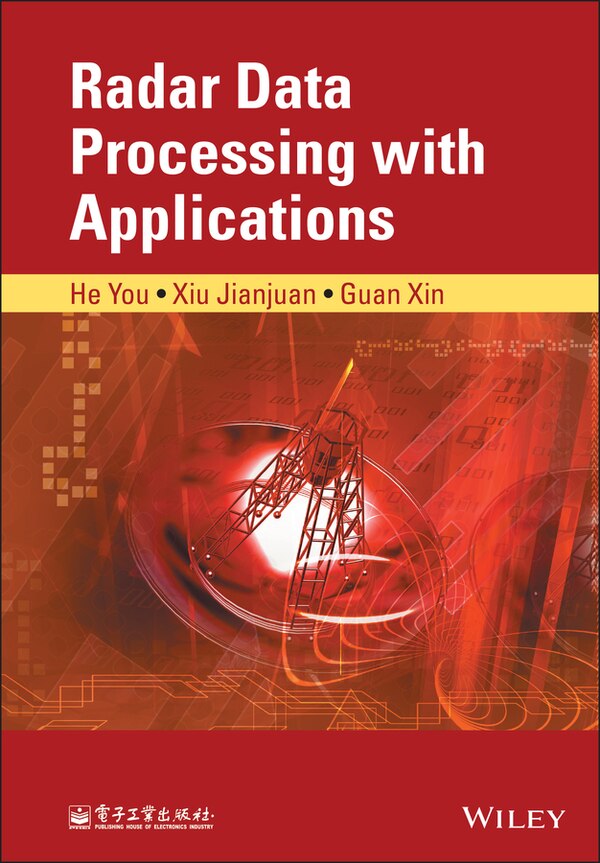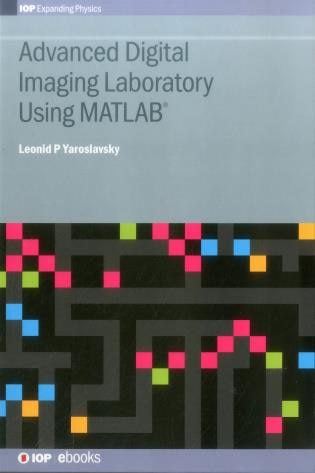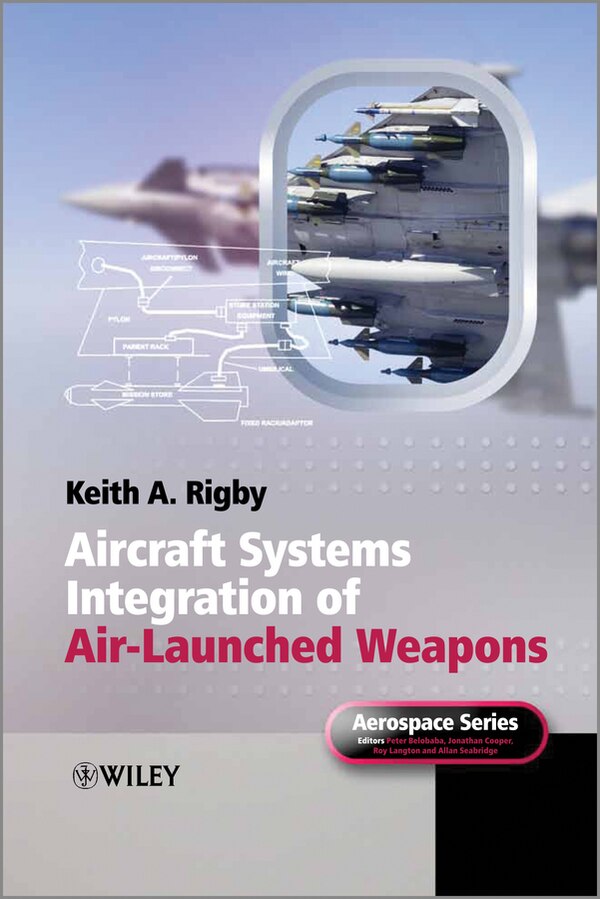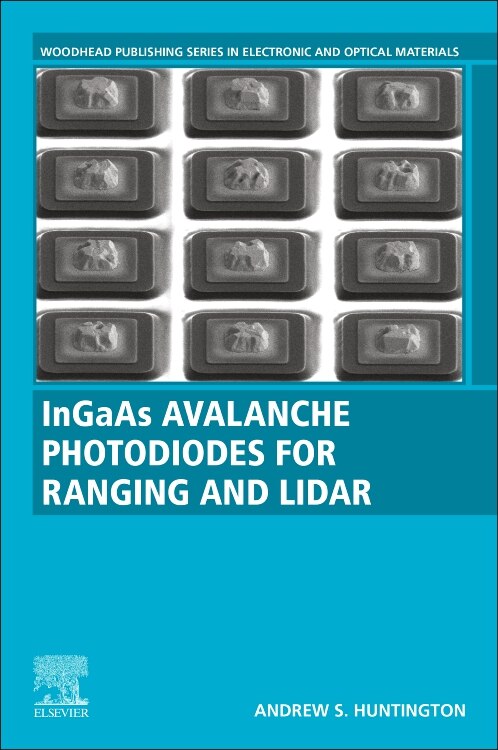Home
Experimental Advanced Airborne Research Lidar (eaarl) Data Processing Manual by Jamie M Bonisteel, Paperback | Indigo Chapters

Coles
Experimental Advanced Airborne Research Lidar (eaarl) Data Processing Manual by Jamie M Bonisteel, Paperback | Indigo Chapters
From Jamie M Bonisteel
Current price: $19.99
Loading Inventory...
Size: 0.11 x 9.69 x 0.24
*Product information may vary - to confirm product availability, pricing, and additional information please contact Coles
The Experimental Advanced Airborne Research Lidar (EAARL) is an example of a Light Detection and Ranging (Lidar) system that utilizes a blue-green wavelength (532 nanometers) to determine the distance to an object. The distance is determined by recording the travel time of a transmitted pulse at the speed of light (fig. 1). This system uses raster laser scanning with full-waveform (multi-peak) resolving capabilities to measure submerged topography and adjacent coastal land elevations simultaneously (Nayegandhi and others, 2009). This document reviews procedures for the post-processing of EAARL data using the custom-built Airborne Lidar Processing System (ALPS). ALPS software was developed in an open-source programming environment operated on a Linux platform. It has the ability to combine the laser return backscatter digitized at 1-nanosecond intervals with aircraft positioning information. This solution enables the exploration and processing of the EAARL data in an interactive or batch mode. ALPS also includes modules for the creation of bare earth, canopy-top, and submerged topography Digital Elevation Models (DEMs). The EAARL system uses an Earth-centered coordinate and reference system that removes the necessity to reference submerged topography data relative to water level or tide gages (Nayegandhi and others, 2006). The EAARL system can be mounted in an array of small twin-engine aircraft that operate at 300 meters above ground level (AGL) at a speed of 60 meters per second (117 knots). While other systems strive to maximize operational depth limits, EAARL has a narrow transmit beam and receiver field of view (1.5 to 2 milliradians), which improves the depth-measurement accuracy in shallow, clear water but limits the maximum depth to about 1.5 Secchi disk depth ( 20 meters) in clear water. The laser transmitter Continuum EPO-5000 yttrium aluminum garnet (YAG)] produces up to 5, 000 short-duration (1.2 nanosecond), low-power (70 microjoules) pulses each second | Experimental Advanced Airborne Research Lidar (eaarl) Data Processing Manual by Jamie M Bonisteel, Paperback | Indigo Chapters


